Arashimaya is in the west of Kyoto, located at the the base of Arashimaya Mountains (Storm Mountains). During Autumn the Maple trees on Mount Arashi will display a glorious burst colours of yellow, red and greens.
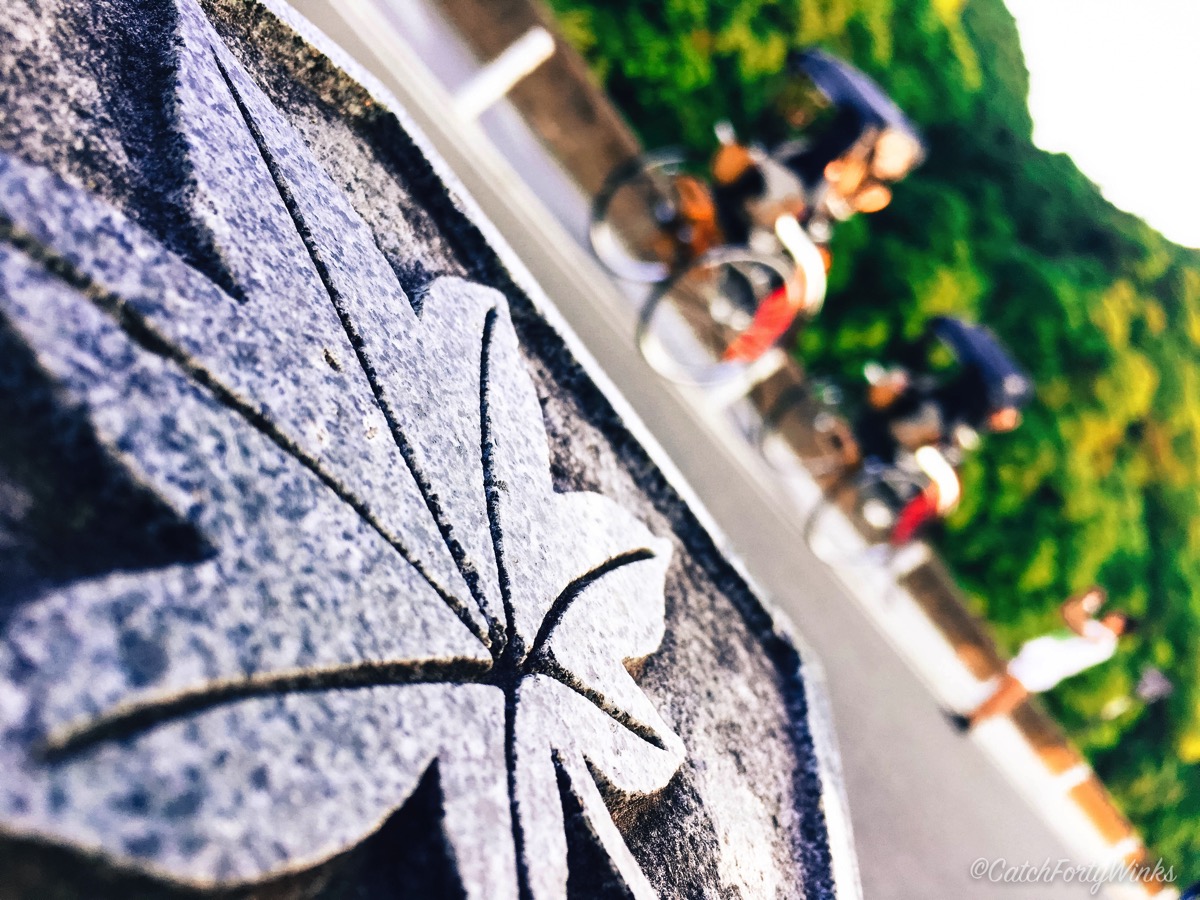
We chose our 2 day Ryokan accommodation in Arashimaya as it was just 5-10 minutes away from the Main Street in Arashimya, and we planned to see the sights of the Arashimaya Bamboo Groove and visit the oldest Zen temple in Kyoto, the Tenryu-Ji Temple.
Despite walking through the Bamboo Forest once on the first day, we took a 30 minutes ride on the Rickshaw on our 2nd day which went along Main Street Arashiyama and back to the Bamboo Forest.
Sagano Bamboo Forest
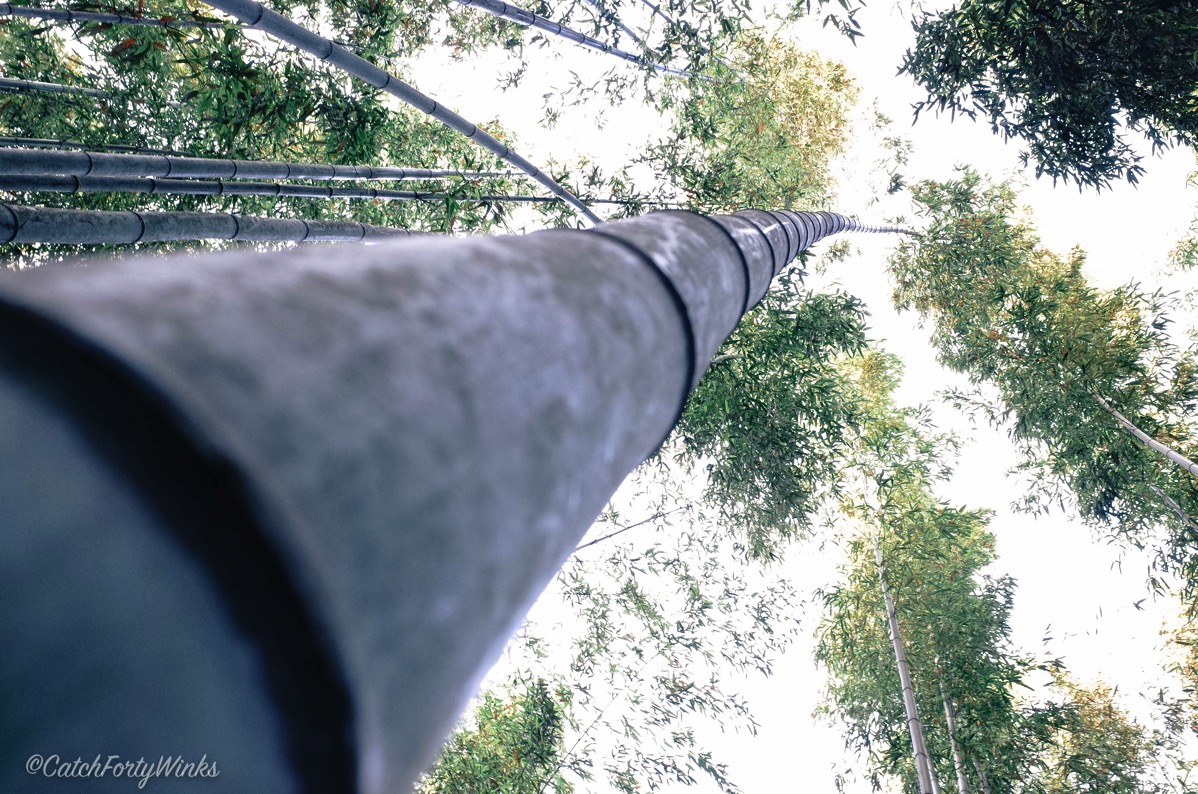
The Bamboo is the fastest growing grass (it is not categorised as a fruit or tree but as grass!) and can grow up to one meter a day and due to its sturdy root structure and being a strong plant, it is a symbol of prosperity in Japan. It is also a symbol of purity and innocence in the Japanese culture.
The Sagano Bamboo Forest has an interesting feature that comes from the sound which the wind makes when it blows amongst the bamboo. Also, the railings at the side of the path in the Bamboo Forest is made out of old, dry parts of the bamboo.
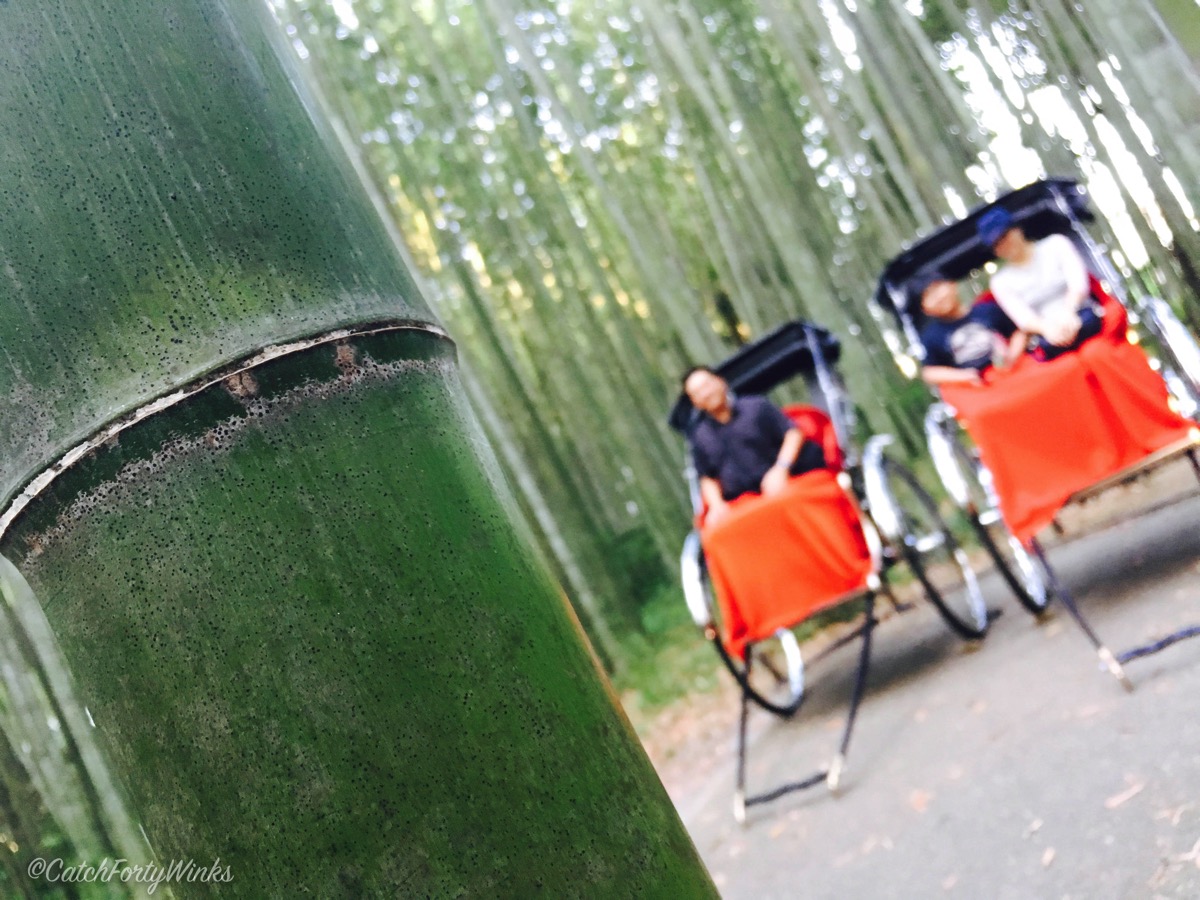
The bamboo is featured in one of the most well-loved tales in Japan, from the oldest narrative in Kana Script, “The Tale of the Bamboo cutter” or “Kaguya-hime” (The Princess Kaguya). K and I watched the Studio Ghibli version when we were back to Singapore, the folklore was depicted so beautifully (but not so good ending) in the animated watercolored art.
Tenryu-ji Shrine
Despite having little interest in visiting Japanese Shrines, a trip to Kyoto isn’t complete without visiting a Shrine. Naturally we went for the key shrine attraction in Arashimaya, the Tenryu-ji Shrine; one of the oldest Zen shrines in Japan. It has manicured gardens and a nice view of Mount Arashi.
Tenryu-ji Shrine is a registered World Heritage site, which was founded in 1339. The gardens in Tenryu-ji Shrine has one of the best borrowed scenery or otherwise known as ‘shakkei’, a concept of incorporating background landscape into the composition of a garden.

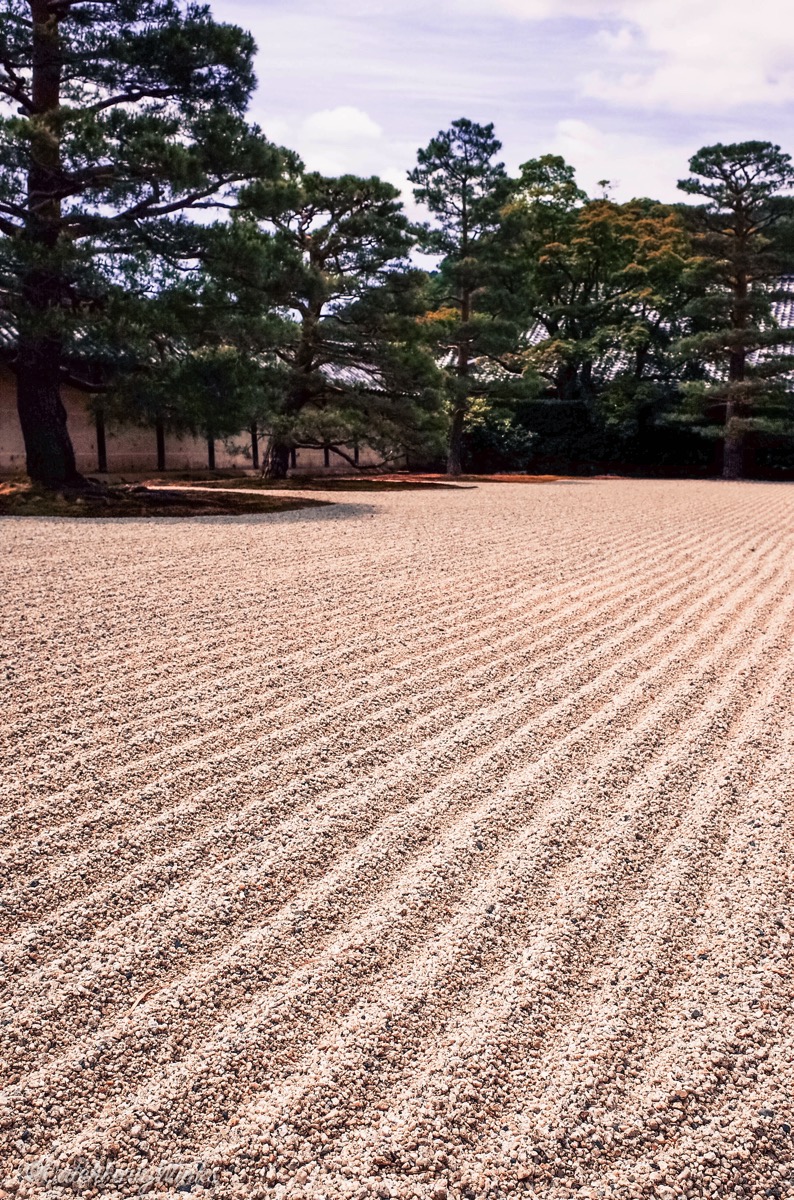
With a Zen Shrine, there will be a rock garden which include a sandy ground with raked sand, with its neat and uniformed lines on the ground. Despite it looking aesthetically pleasing, the true purpose in raking sand in Zen Buddhism is to train the thoughts, which is a form of moving meditation for the monks.
The Tanuki
Walking out of the gardens of Tenryu-ji, I spotted a Tanuki, a raccoon dog. Statues of Tanuki are often placed outside the front door of homes, food establishments and shops.
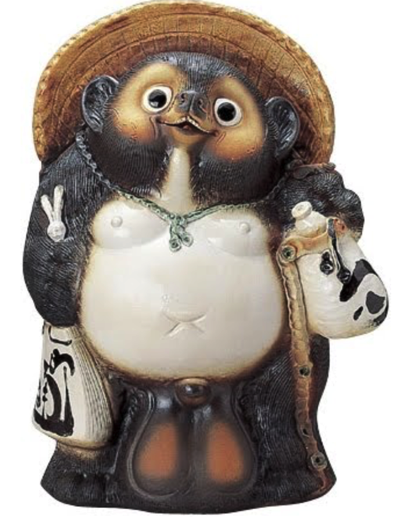
The Tanuki of ancient Japanese Folklore is a toothy, mischievous fella, who carries a walking stick, wears a straw hat, and has a bottle of sake. This statue is intended to encourage customers to be free-spending like the Tanuki, to eat and drink and not to be stingy with money 😁
The best known feature of this Tanuki is his enormous moneybags (translated as testicles 😝). In some statues, it is so oversized that he carries it over his shoulder like a sack, his kinbukuro is a symbolism of ‘increasing prosperity’ or ‘increasing luck’ for homes. The Tanuki was also featured in another Studio Ghlibi animation; Ponpoko, where there was a scene in the animation with the elder Tanuki addressing younger members of the tribe seated in front of him. He made a mat big enough (with his testicles) for all of them to sit on, but when he retracts it, they tumbled over!
Once we noticed and understand what role does the Tanuki statues play in Japanese culture, we started spotting them in many places in Kyoto and Tokyo.
Apart from the shopping, eating and sightseeing in Japan, there is really so much in Japanese culture, myth and pop culture that is so intriguing to learn. Having observed some of these intricacies from our trips, really make the trip much more interesting.
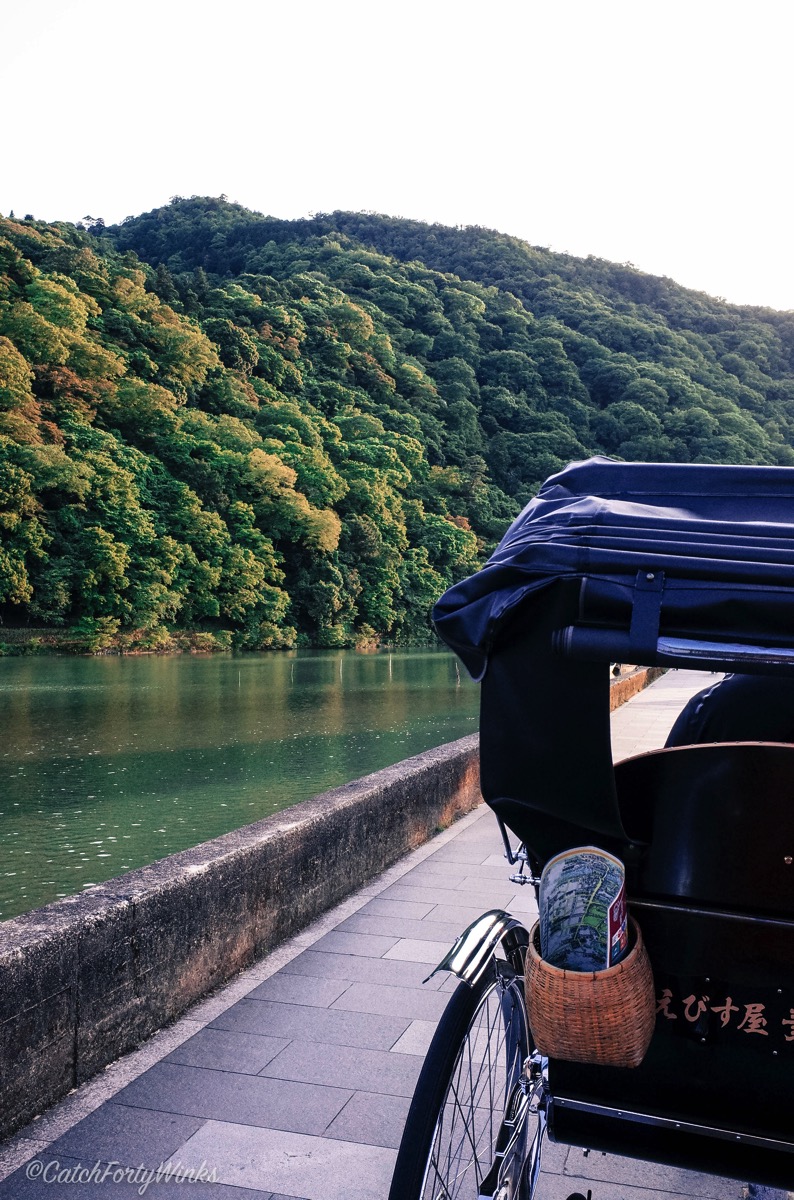
Other posts from this trip;



















